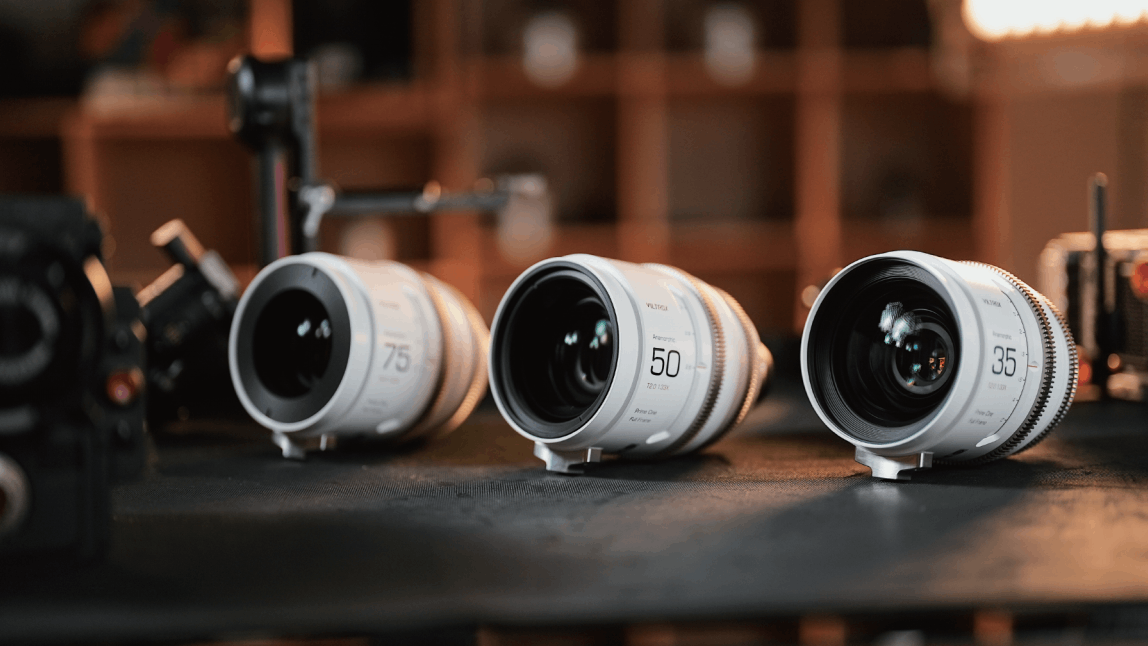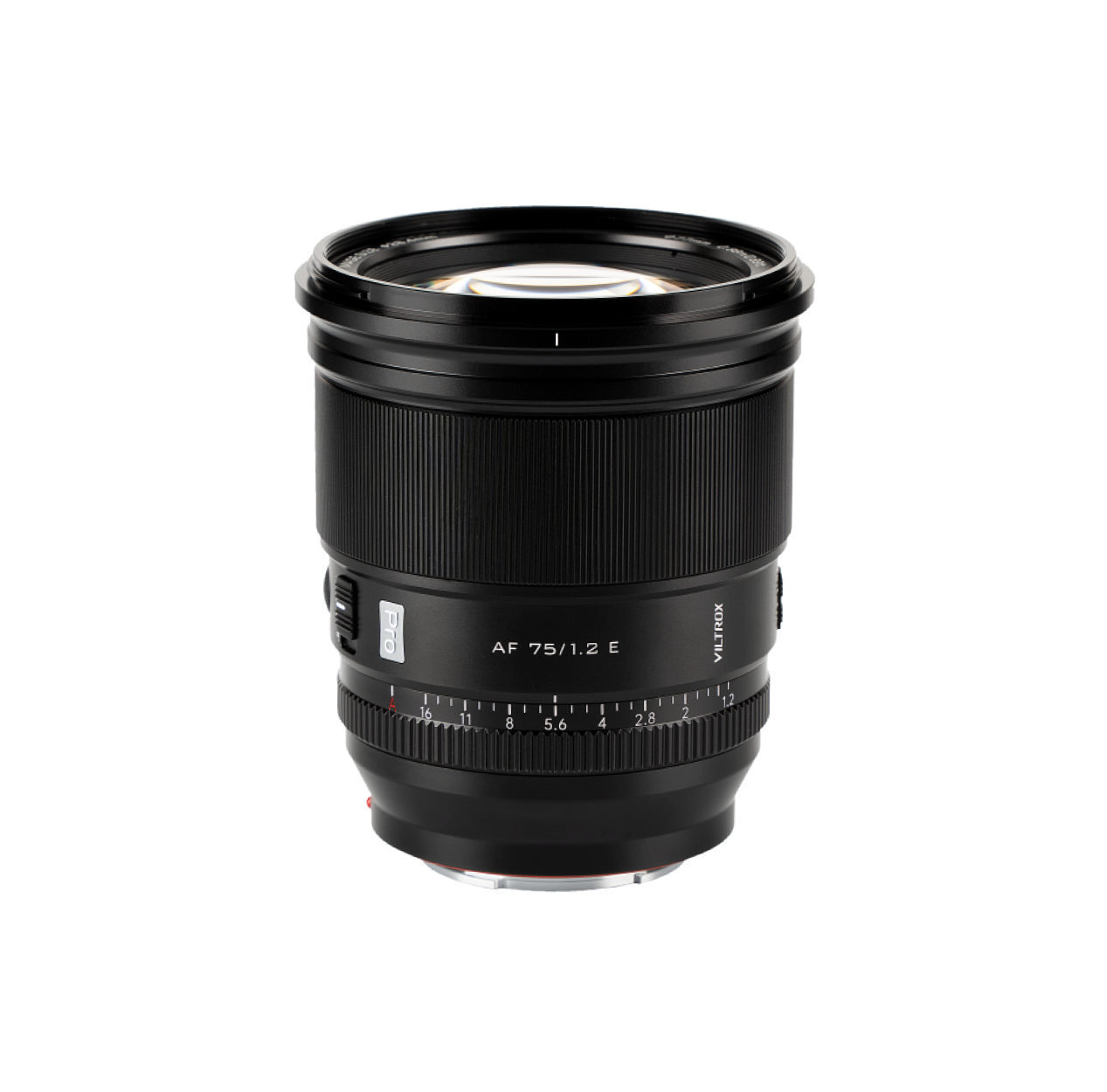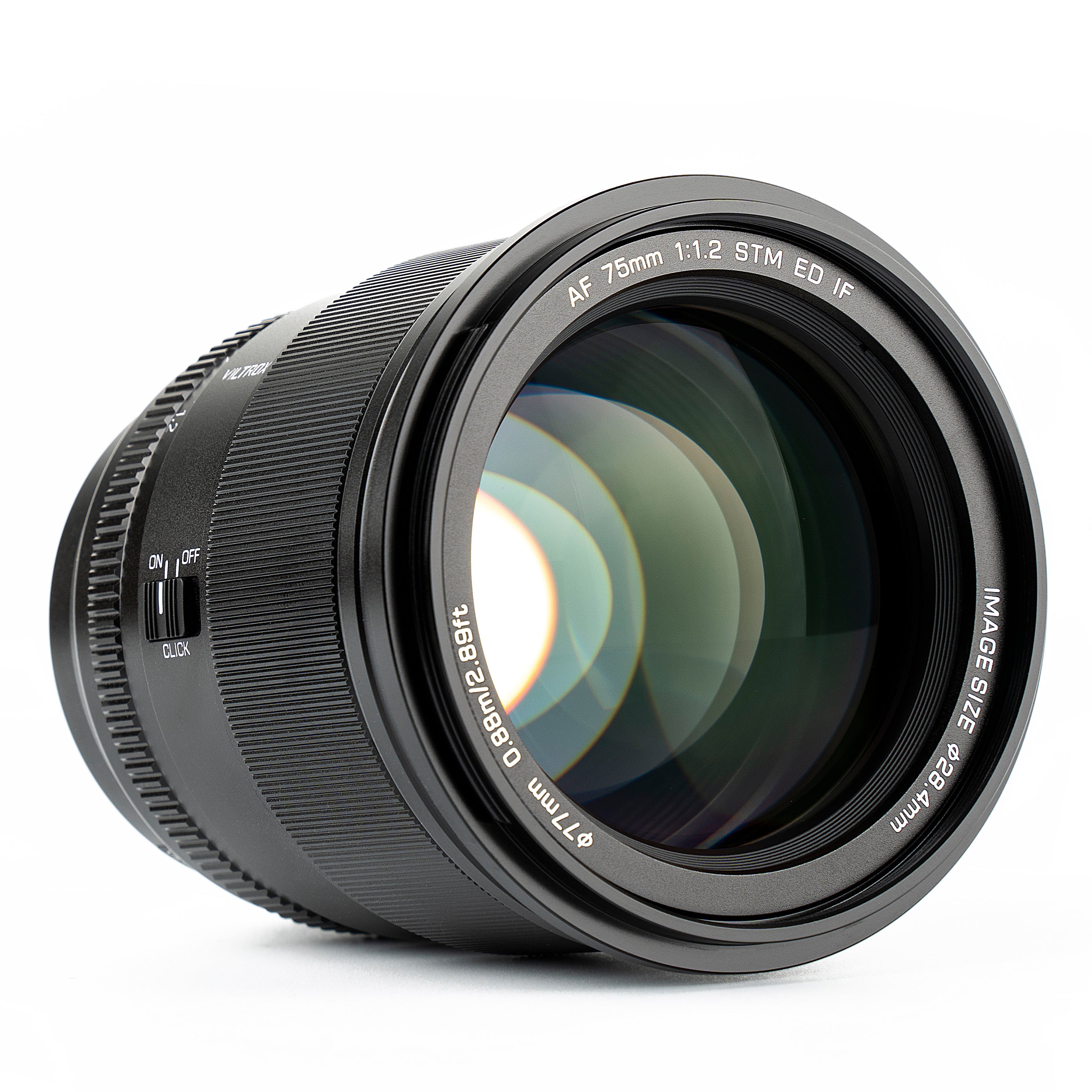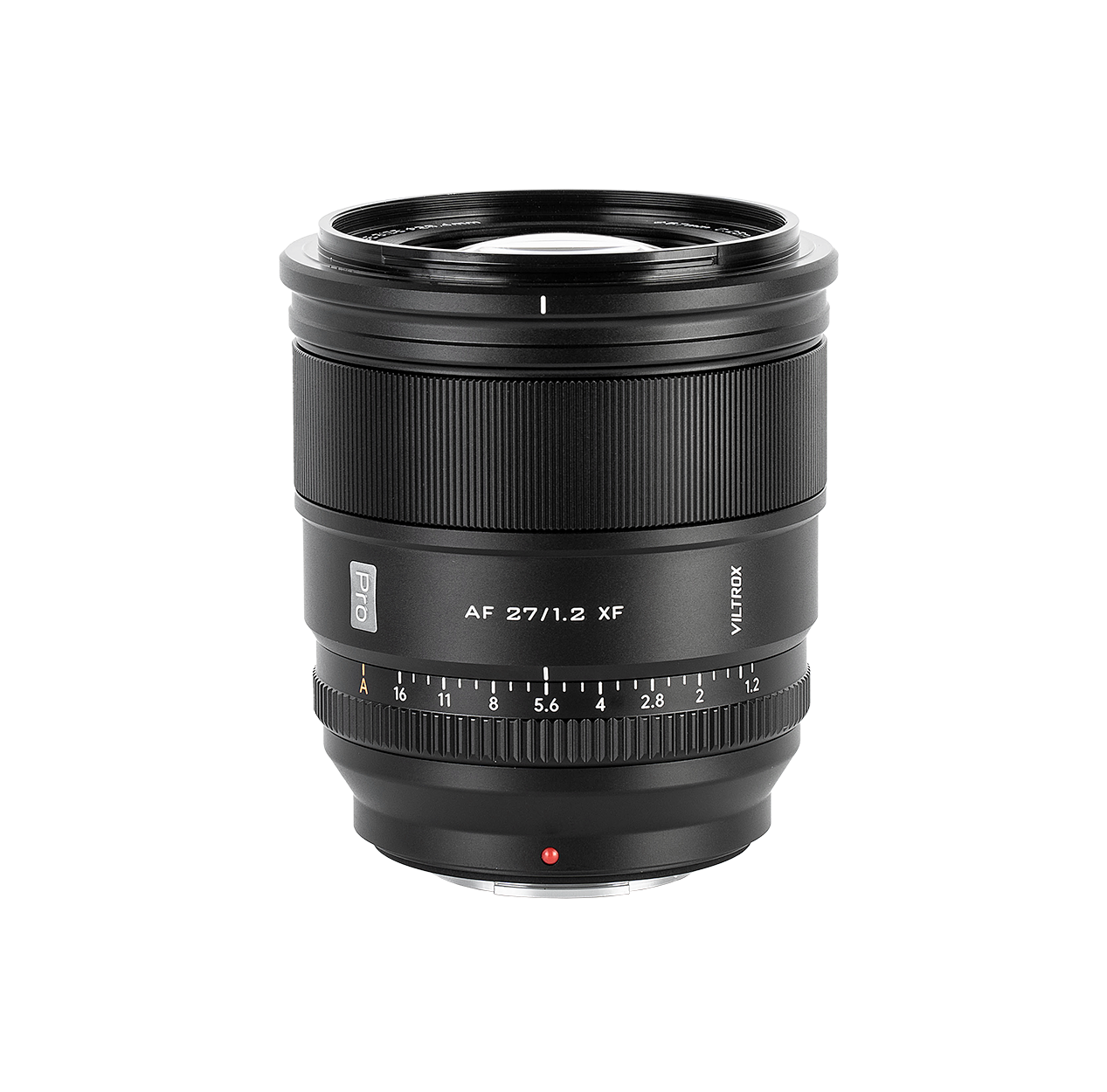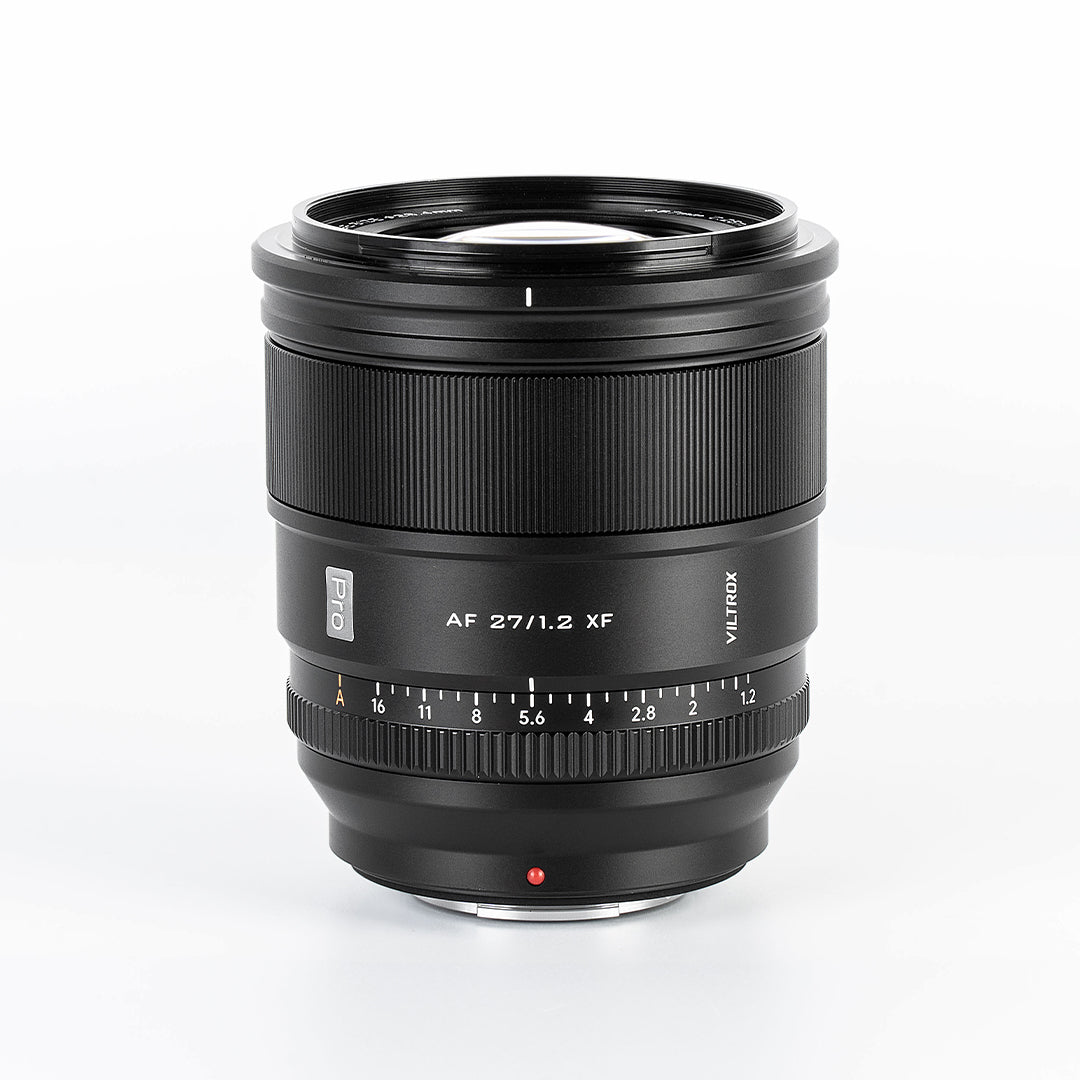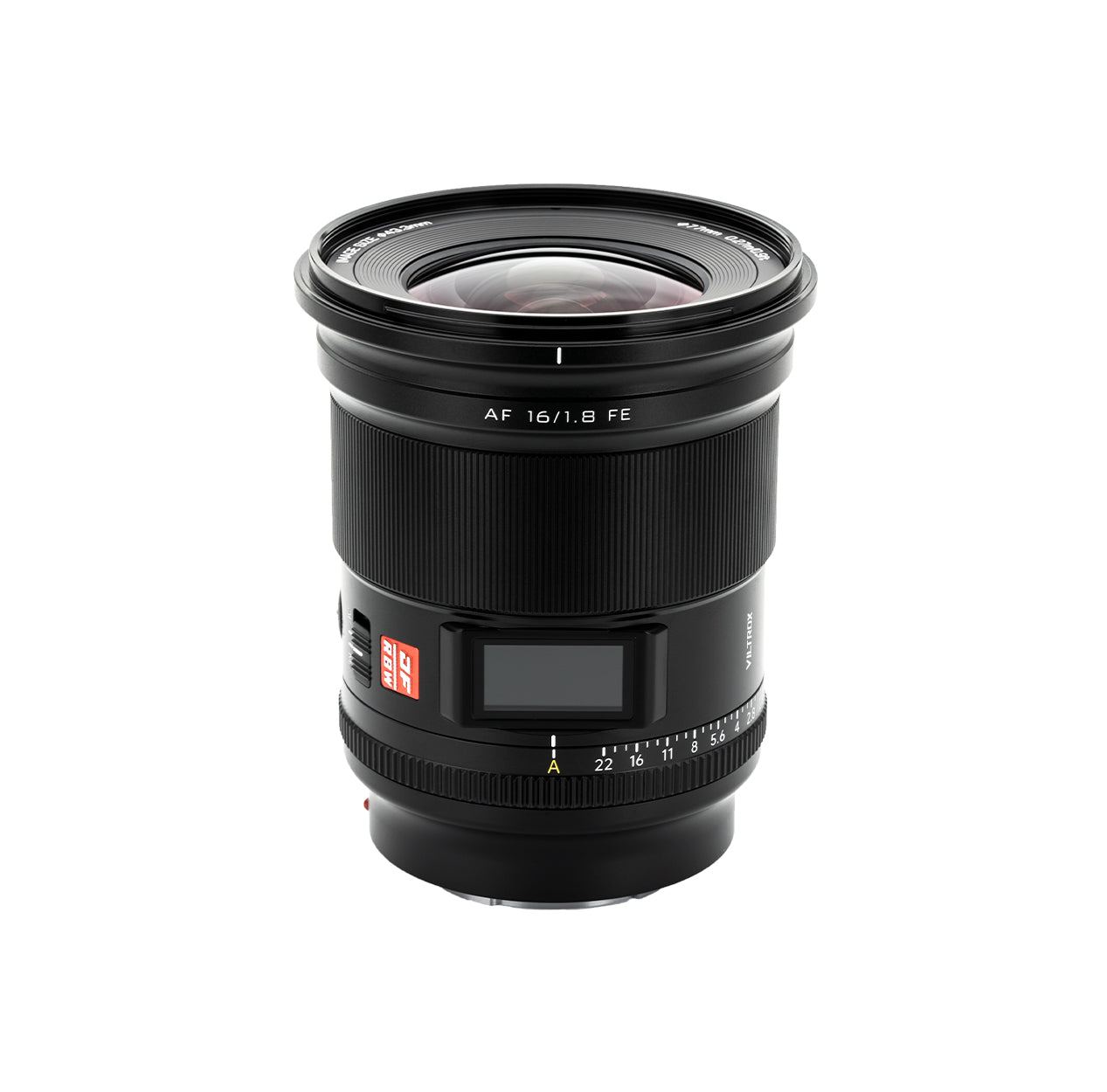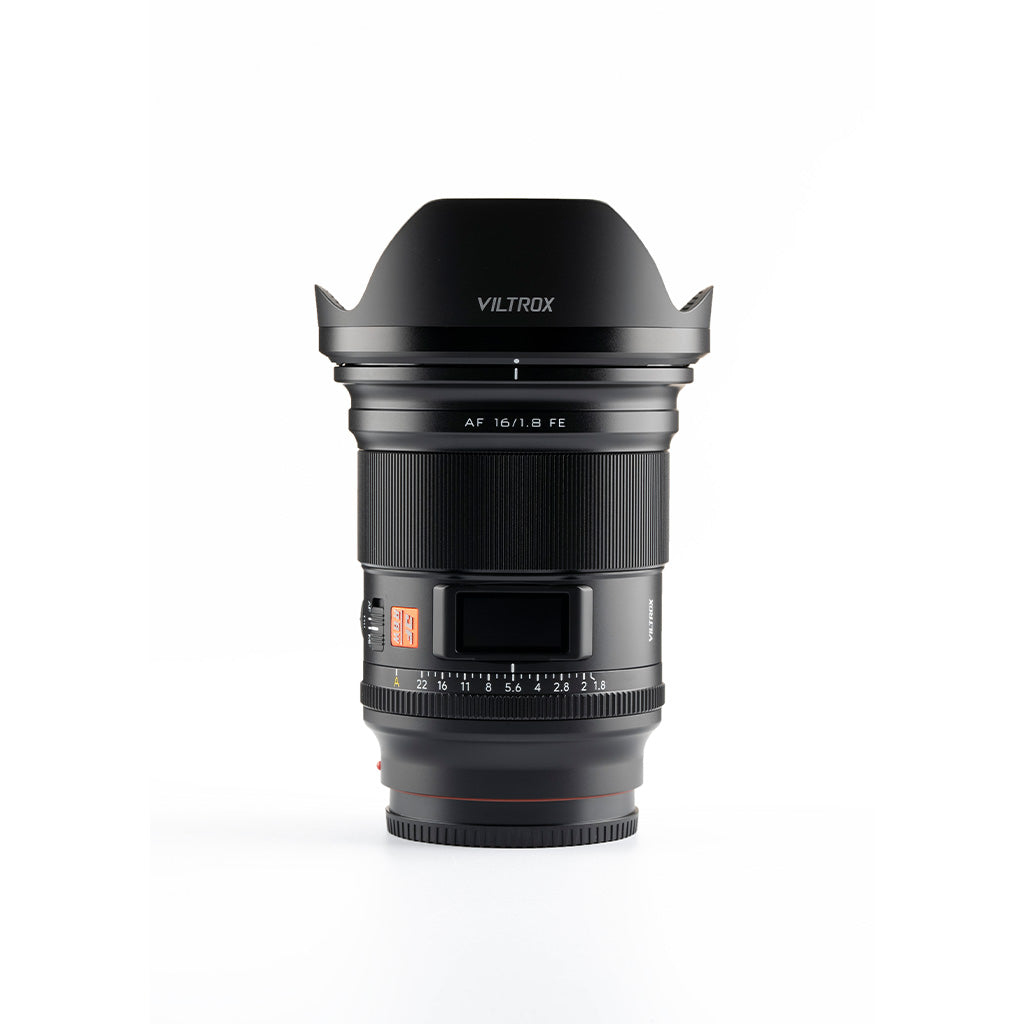Fixed-focus lens/Prime lens
A fixed focal length lens, also known as a prime lens, has a set focal length that cannot be adjusted. This means that the lens can only capture a specific angle of view, which is determined by the focal length of the lens. Fixed focal length lenses typically have wider apertures, allowing for better low-light performance and a shallower depth of field.
On the other hand, a zoom lens has a variable focal length that can be adjusted, allowing for a range of angles of view to be captured. This versatility comes at the expense of a narrower maximum aperture and slightly reduced image quality compared to a fixed focal length lens.
The main advantage of a fixed focal length lens is its superior image quality, due to the simpler lens design and wider maximum aperture. Fixed focal length lenses are also often smaller and lighter, making them more portable and easier to handle.

Our daily photography within the scope of the most common several fixed focal length lens focal lengths such as 24mm, 35mm, 50mm, 85mm, and so on. Of course many of the more expensive telephoto focal lengths of fixed focal length lenses, such as 200mm, 400mm, 600mm, 800mm, etc.
zoom lens

In contrast, a zoom lens offers greater flexibility and convenience, allowing the photographer to quickly adjust the angle of view without having to switch lenses. This makes zoom lenses a popular choice for situations where changing lenses quickly is not feasible or desirable.
Ultimately, the choice between a fixed focal length lens and a zoom lens depends on the photographer's specific needs and preferences. Photographers who prioritize image quality and low-light performance may prefer a fixed focal length lens, while those who value convenience and versatility may prefer a zoom lens.

